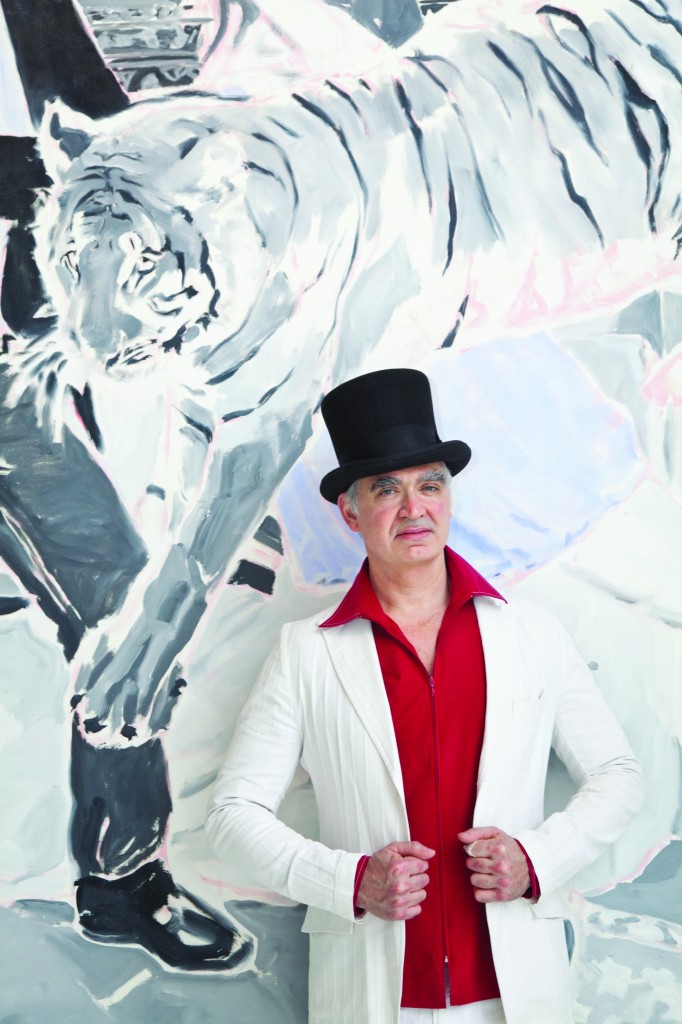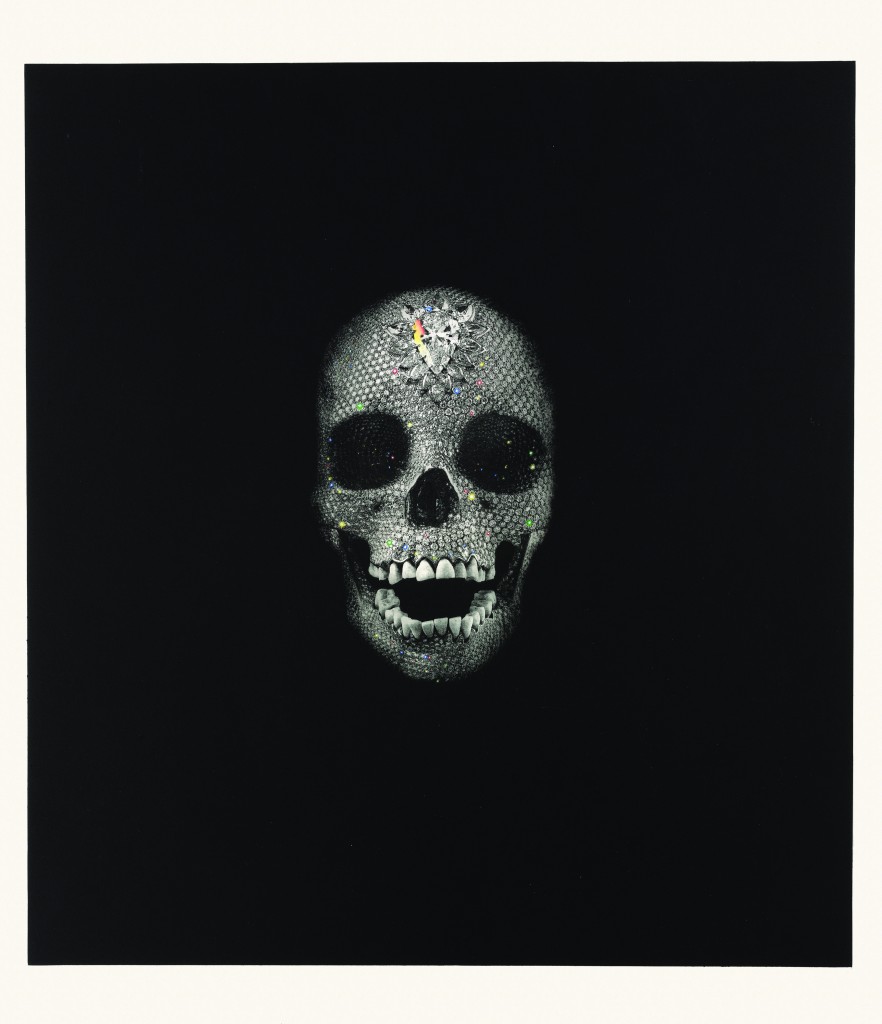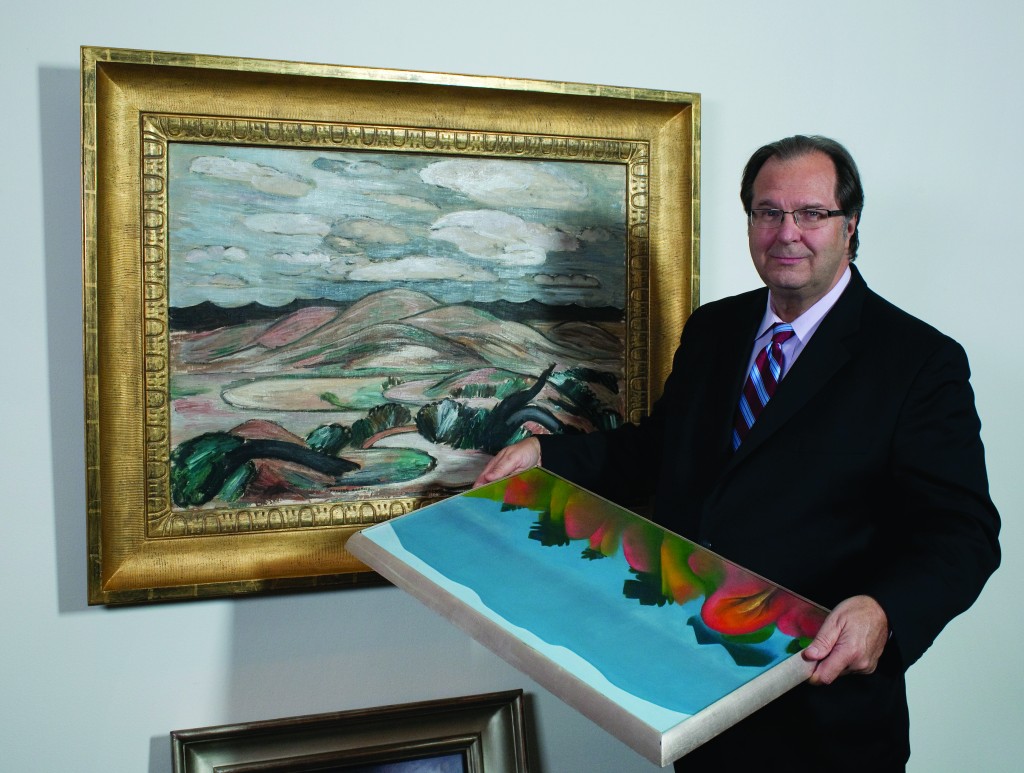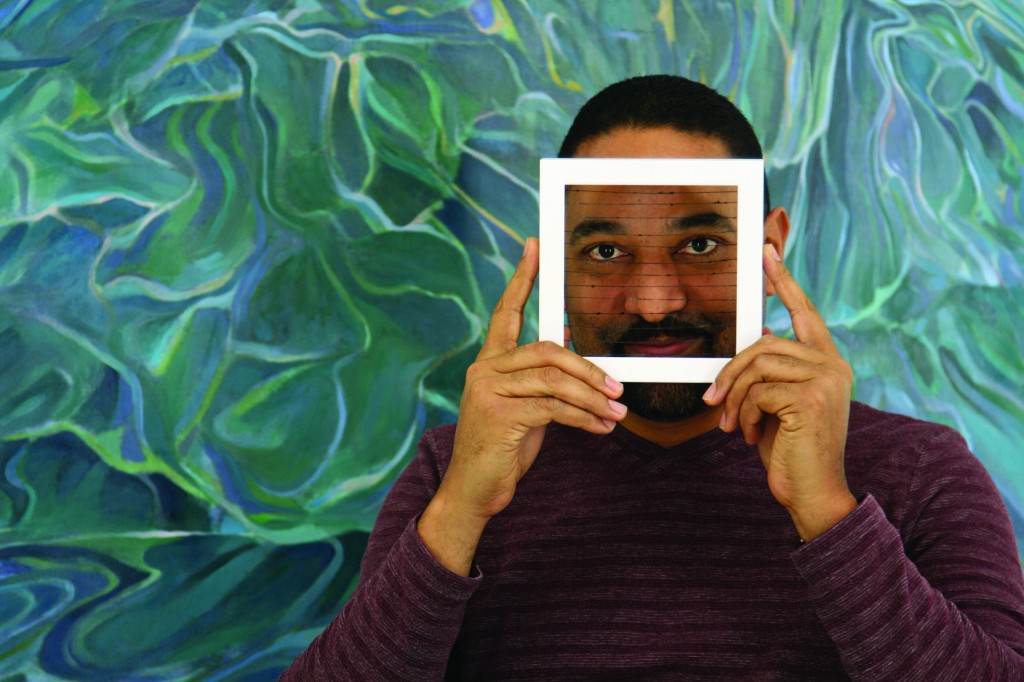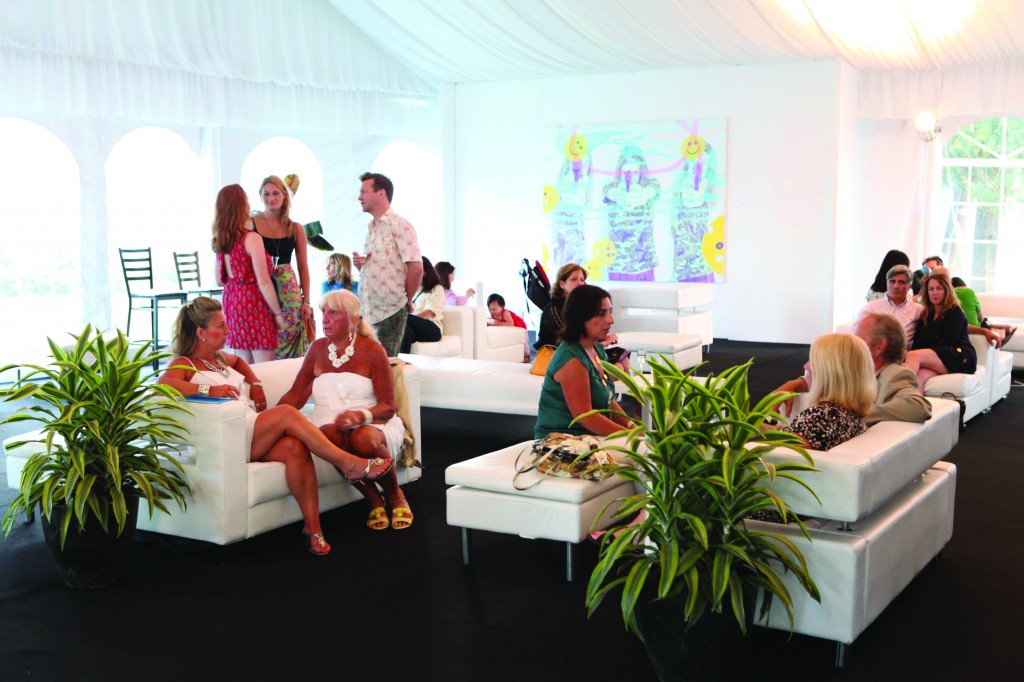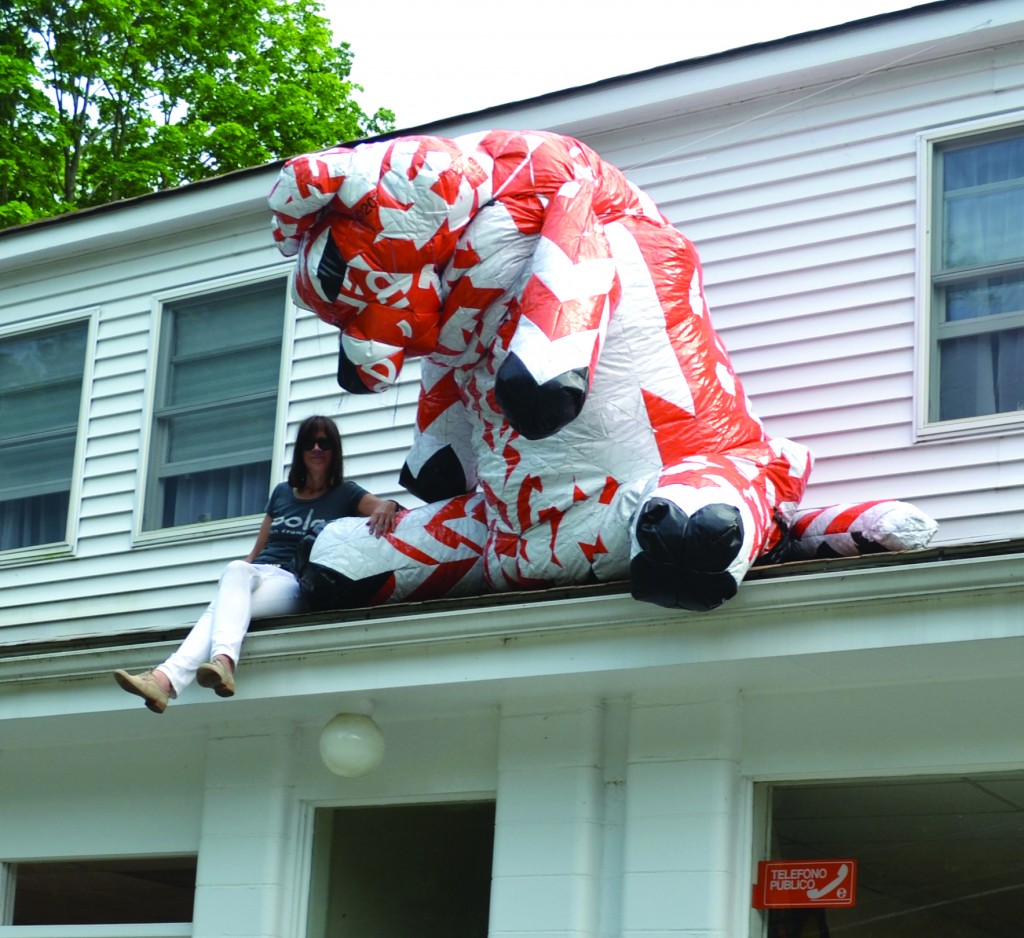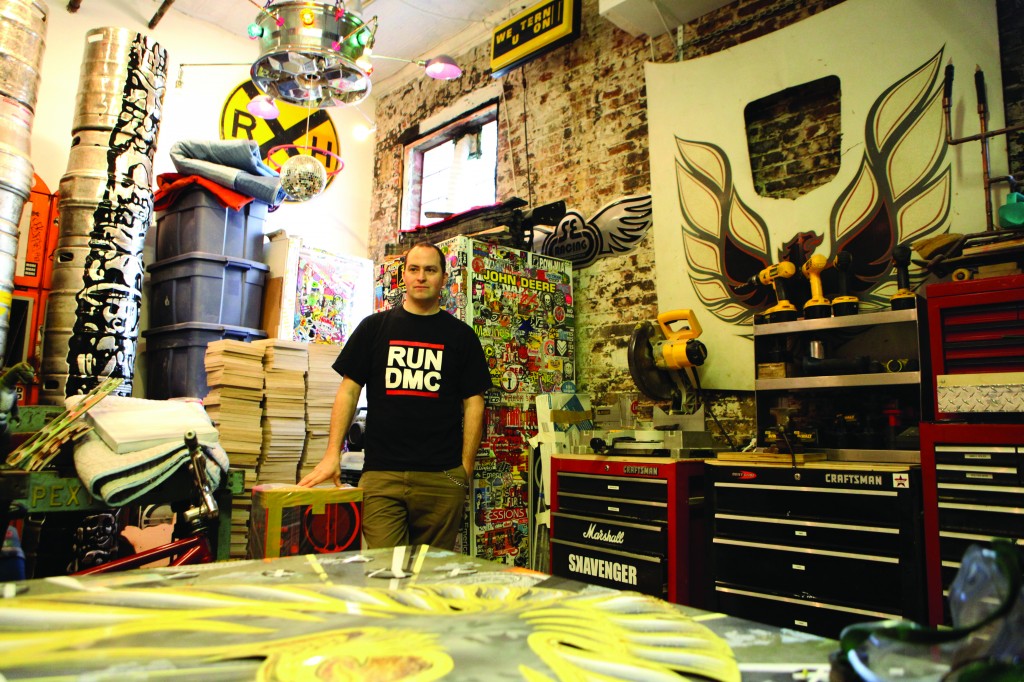
Social Life Magazine, Published July 4th 2012 Issue III
Berlin on Art
By Kevin Berlin
Photos by Katarzyna Zill
July 4th! The Art Fairs are coming! The Art Fairs are coming! No, not the British. It’s not Newton, Darwin, Wellington, Turner, Shakespeare, or The Beatles. That revolution is over. For you Royal followers who recently floated down the Thames in one of a thousand vessels in honor of Her Majesty The Queen’s Diamond Jubilee. For you 65,000 faithful who navigated the banks of the Rhine to attend Art Basel, the original and still the world’s premier international art show. For you final four Sotheby’s under-bidders who missed your chance to own a version of Edvard Munch’s famed 1895 pastel, The Scream, for $119.9 million. An Art Fair revolution is taking place much closer to home.
Who would have guessed that July 2012 would bring three major art fairs to the Hamptons? Five years ago there was only one. And many skeptics and old timers predicted that it was a passing fad like the mood ring or the hula hoop. ArtHamptons, July 13 to 15; artMRKT Hamptons, July 19 to 22; Art Southampton, July 26 to 30. Some galleries are participating in two fairs. Some are not participating at all. Vered Gallery, long known for its fierce independence, is hosting its own version. With a 33-year history of distinctive art, building collections not only in the Hamptons, but nationally and internationally, Vered is VERED. “The Vered silent auction brings more value to the Hamptons than the tented fairs possibly could,” said Janet Lehr, the gallery’s co-owner. Vered Gallery’s art-star-studded 14th annual July auction closes with the Last Bid Party on July 6, from 5 to 7 PM. Vered’s summer season also features work by Bert Stern, Chuck Close, and Wolf Kahn.
But what is an art fair anyway and why should you attend? Here it is: a modest survey of Everything You Ever Wanted to Know About an Art Fair but Were Afraid to Ask. So, first of all, a little background: over the last ten years, the art market has changed. And not only because of Facebook or the opinions of Nobel prize-winning economists. A revolutionary new way to present and sell artwork was proposed and put into action. The days of Leo Castelli’s SoHo are over. Today’s gallery no longer needs a high-rent, ground-floor space on a major street in a famous city, or a top-model sales assistant. A gallery can still be respectable and rent a second floor and show by appointment only. A gallery no longer needs to make its sales in the week leading up to the opening reception. A gallery can now keep calm and carry on by following up with clients over the internet and cell phone. In fact, a gallery no longer needs an excellent client list. If a gallery gets admitted to the right fair — and the criteria to get accepted differs from fair to fair — the clients of as many as 100 other galleries will come to each gallery. For success, a gallery just needs to show up. Any fair director knows that some galleries will sell out; some galleries will have no sales. The only guarantee is that each gallery will gain exposure. In the right atmosphere, with the right company, that exposure is priceless.
The biggest fairs include Art Basel, Art Basel Miami Beach, Art Hong Kong, and the Frieze Art Fair in London. There are major fairs now in Korea, Shanghai, and Dubai. There is probably an affordable art fair coming to a city near you.
For most gallerists, the art fair is an essential part of an effective overall approach to a rapidly changing art market, but has a limited role. The contemporary art publisher, Manifold Editions, has a yearly calendar that combines online sales, art fairs, and pop-up galleries. Its founder, James Booth-Clibborn, shared his expectations for his first-time attendance at this year’s ArtHamptons: “A new fair for me, but I am very confident it will work out well. I am able to showcase and present much more to my potential collectors. The North American market is a very strong market in particular for contemporary art. Fifty percent of my business is in North America. ArtHamptons is a great opportunity to showcase very contemporary artists in limited edition format. I only show limited edition prints of recognized contemporary artists. The gallery has a clear concept. Giving the collector a brand name artist at a relatively affordable price. Ranging from two to fifteen thousand dollars. If you want to own an original it could cost as much as a million dollars.” Tight editions are a focus. Damien Hirst’s Victory Over Death is in a tight edition of just 55. “The artists I work with want to push the boundaries of technique,” said Booth-Clibborn.” Marc Quinn’s digital prints in high resolution create amazing color configuration and get the best possible color out of the printmaking technique. Damien Hirst prefers beautiful old fashioned machinery. Handcrafted. Hand processed. The woodcut is the oldest form of printmaking.”
ArtHamptons has dramatically expanded this year. The fair will be in a larger and more suitable location, Nova’s Ark Sculpture Park. “We have treasures for every budget level, from one thousand dollars to one million,” said Rick Friedman, president and CEO of the Hamptons Expo Group. “We celebrate and pay homage to the Hamptons’ tradition as a world-respected mecca for the creation and patronage of art. Together, we revel in being part of the creative community. That is the essence of ArtHamptons.” This year’s theme is Pollock at 100: a Centennial Celebration. Friedman promises that the exhibition will be amazing. The fair will showcase over 75 respected national and international galleries from 10 countries.
Gallerists have their own unique set of questions to ask. “When we are showing at an art fair, we like to think about where we are, and so for the East Hampton venue we will bring work by both Lee Krasner and Jackson Pollock. Most important for us in such presentations is the quality of the work, and to be sure that the booth isn’t jammed, but set up in such a way that the art looks best!” said Jason McCoy, president of Jason McCoy Gallery.
“ArtHamptons is an unusual fair in that the population density of significant collectors and wonderful artists is higher than almost anywhere else. This elevated art IQ requires an outstanding standard in selecting works to be shown. It is important to have brand name artists, but also to have works that are distinguished within those artists’ careers. Second-tier works will simply not engage this audience. Marylyn Dintenfass and Margaret Bowland are two contemporary artists who have attracted much significant recognition the past few years, and we are really fortunate to be able to bring exceptional examples of their work to the ArtHamptons’ audience. Additionally, we will show works by Willem de Kooning, David Smith, and Arshile Gorky,” said John Driscoll, owner of Babcock Galleries.
For those who prefer a smaller, boutique fair, there is artMRKT Productions, which produces four fairs, each unique to its location. According to Max Fishko, its director, “What is fun about the Hamptons fair is the scale – it is a carefully selected group of 35 exhibitors. The focus is strong contemporary work that is being shown in New York today. Visitors can look forward to a tremendous group of exhibitors that represent some of the best contemporary programs from New York City and across the Hamptons. artMRKT has top galleries coming from almost every neighborhood in Manhattan: from P.P.O.W. and Lennon Weinberg in Chelsea, to DC Moore in Midtown, to Envoy Enterprises and Allegra La Viola on the Lower East Side. artMRKT offers an opportunity for people to come and see top selections from these galleries in a convenient and intimate setting. This will be the first time that many of the galleries will be exhibiting in the same fair to create a unique and exciting mixture of galleries.”
“I’m preparing for the artMRKT fair right now. I love the scale of this fair. It’s big. I’m a local gallery and what I love about the Hamptons is there are big houses, big personalities, and big ideas. These are people from the city who come out to play. So there’s a spirit of fun that I focus on,” said Karen Boltax of Boltax Gallery. “This year I chose Sylvia Hommert and Peter Opheim to show in my booth. Sylvia, because of our success showing her last year, along with her mad, glam, hot boxes. She makes no apologies for her shiny, pretty things! And Peter . . . there’s something incredibly subversive in these giant, clay-figure paintings. They exude fun for me. I am super excited to introduce him to the Hamptons community.”
One unusual aspect of art fairs is that notably inaccessible artists are often present and even friendly. “Art fairs stand at a distance from an art practice. They are forums for the work to stand on its own, away from the studio, and places for commerce. The best reasoning I’ve heard is that people go to galleries and museums to look at art and attend fairs to buy it. Sales keep us all working and the fair model has proven efficient,” said artist Ryan Wallace, of Morgan Lehman Gallery.
“The Hamptons is a perfect place to show my work. I have been working with flowers from my garden as my imagery for the past decade. This work began as a method of contemplating life cycles, creating meditative imagery with flowers. Gardens are important in the Hamptons. This has led me to create an opportunity for collectors who go to the fair to commission a work made on-site in their gardens. I will create a unique piece for their collection, commemorating a time and place important to them. I love making work that honors nature as a counterpoint to my installations, which are well known, and about our destructive impact on the environment,” said artist Portia Munson, of Halsey McKay Gallery.
“I love to see my work in art fairs. They are important opportunities to see how people react to my work, especially when I have been working with new ideas and exploring new directions. In my opinion, my new paintings are not always appreciated immediately, but after exposure at art fairs over time, people seem to take notice and begin to comprehend. It provides good feedback for my studio work,” said artist Chen Ping, of Tally Beck Gallery:
“Art fairs make it very easy to see a lot of artworks at once. However, visually, it can be like listening to every record you own at once. You might hear all the songs but you can’t possibly listen. Art fairs do not even cross my mind when I am working,” said artist Ryan Humphries, of DCK Contemporary.
Residents of the Village of Southampton, founded in 1640, have waited 372 years for Art Southampton.
An interview with Nick Kornikoff, partner and director of Art Miami, LLC, Art Southampton is below:
Q: Why did you choose to come to Southampton when there are already two other art fairs?
A: For the first time, the Hamptons will have a fair that represents a certain equal level of quality across the board by all participating galleries that will capture and hold the attention of a culturally savvy audience and create a marketplace in which collectors can buy with confidence. This will be the fair for serious collectors and art enthusiasts to wait for each summer. It will be the not-to-be-missed event of the season.
Q: What kind of galleries will be participating?
A: Highly reputable international galleries, with strong relationships with their artists and collectors. Some galleries will feature strictly modern master works, others solely contemporary with emerging and cutting edge mixed in along with photography and Asian art. The galleries that we do business with are great caretakers of the market and educators of the current and past art markets. They are a group that continues to cultivate new collectors into the overall market while being able to satisfy the most experienced discerning collectors.

